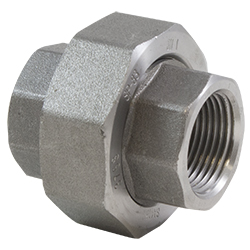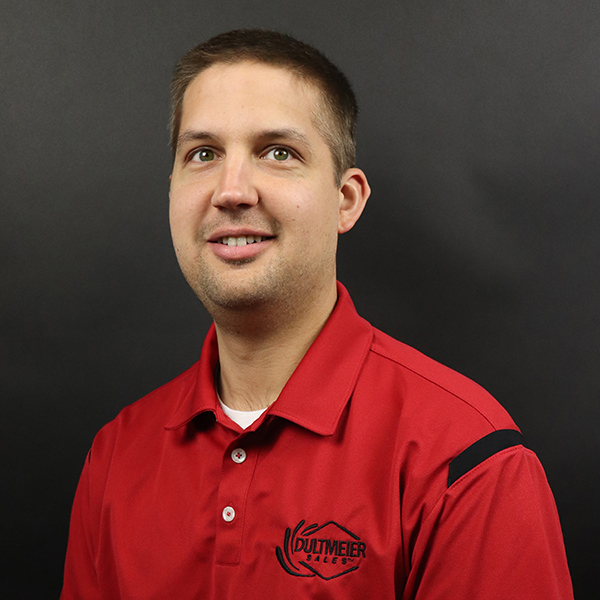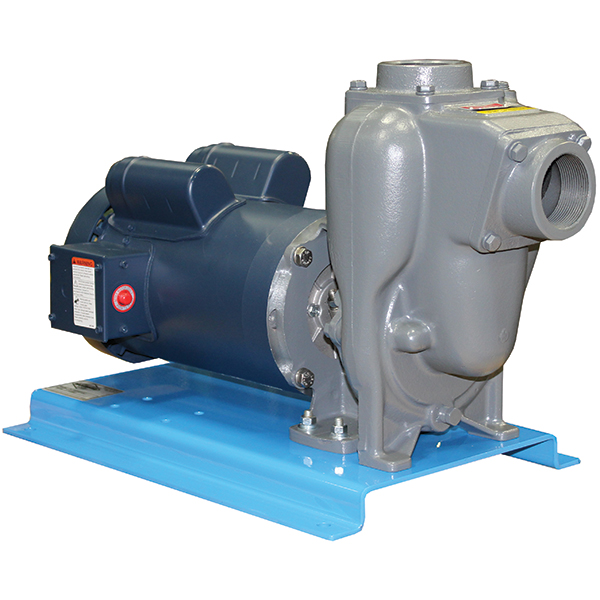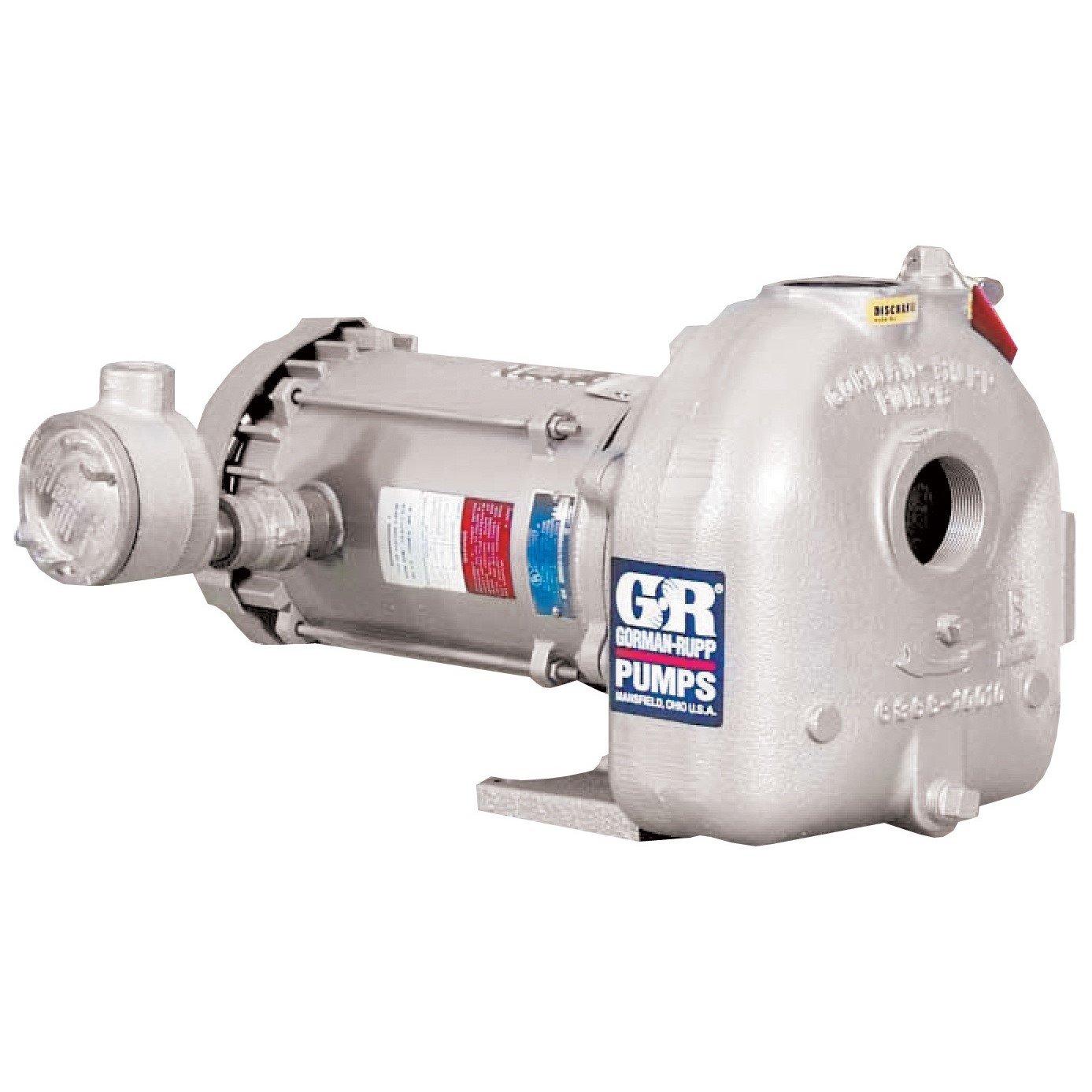Whether it's farming, construction, or mining, the seamless supply of fuel to your equipment is vital to maintaining productivity. Using the right diesel transfer pump can keep refueling from becoming a bottleneck in your operation.
Several options are available for refilling equipment and bulk transfer of diesel fuel. I have been working with customers to identify efficient ways to refuel equipment for several years. Using that experience and customer feedback, I will break down the options and lay out the best diesel transfer units for several scenarios.
Getting Started: Diesel Transfer Pump Options
Diesel transfer pumps come in many forms to suit various needs. Two common types used for refueling and bulk transfer are rotary vane pumps and centrifugal Pumps. Because diesel is not as volatile as gasoline, there are typically different pumps or safety features required when pumping gasoline. In this article, we are solely talking about diesel fuel pumps and systems.
Mobile Fueling Options
When you are in the middle of a harvest or a construction project, you need to get fuel onsite. This calls for mobile fuel transfer options that run off the power available. Typically this means 12-volt batteries, hydraulic motors, or gas/diesel engines.
12-Volt Rotary Vane Pump Units

You are probably familiar with the 12-volt rotary vane pumps used for mobile fueling. These are the 12-volt pumps that are installed right on top of a fuel tank. Often the pump manufacturer such as GPI or Fill-Rite, will package their pumps as kits. These kits generally include a suction pipe that fits into the pump inlet, a 3/4" or 1" discharge hose, a fuel nozzle, and an optional meter. These pumps feature a 2-inch male NPT inlet that easily attaches to standard 2" tank bung threads.
12-Volt Fuel Pump Specs:
- Flow rate: Up to 25 gallons per minute (GPM)
- Manufacturers: GPI, Fill-rite, Piusi
- Inlet: 2-inch male NPT
- Discharge Hose: 3/4" or 1"
- Features: Fuel nozzle, optional meter, suction pipe
High-Flow 12-Volt Fuel Pump Options:
GPI Model: GIV25-012AD
Filrite Model: FRNX25-12V
Piusi Model: PUEX100-PO
RELATED: Mechanical Vs Digital Meter: Which One is Best for My Application (not yet written)
These 12-volt pump units are relied on a lot for mobile refueling applications. These pumps are reliable and can last for years. One downside to this type of pump is the flow rate. The highest flow 12-volt fuel pumps are rated to about 25 gallons per minute.
That is pretty good for most scenarios but it does not take into account the loss of flow from the hose, nozzle, fuel filters, and any elevation you are trying to overcome. (Think pumping fuel up into a combine or a large excavator.) When all of this is taken into account, your flow may be greatly reduced.
Pressure loss is a tricky thing to determine, but you can see charts on this page that will help know the pressure loss in your plumbing setup. We will get to ways to get the most flow out of your pump in a moment, but first, let's look at some other high-flow pump options.
Engine Driven Diesel Pump Units
So what if these 12-volt pumps won't cut it? I mean, If you are filling a 300-gallon fuel tank at 15 gallons per minute, it is going to take some time. That is where engine-driven centrifugal pump units come into play. These units offer more flow potential than the smaller 12-volt pumps. That is why we have built diesel fuel pump units to offer a more efficient refueling option for large equipment.
High Volume Diesel Fuel Transfer Systems
Dultmeier High-Flow Diesel Unit Specs:
- Flow rate: Up to 60 GPM
- Pump Type: Centrifugal pump units
- Inlet Hose: 1-inch or 1-1/2 inch
- Flow Rate (Assembled):
- 1-inch version: 30 GPM
- 1-1/2 inch version: 60 GPM
- Additional Features: Shut-off nozzle, filter, hose, reel, meter (optional)
On its own, a two-inch diesel pump driven by a gas engine is capable of moving over 150 gallons per minute. The cost of these pump and engine units is often comparable to the 12-volt pumps that can move 25 gallons per minute. Now, that may sound too good to be true, so let me explain.
When you are filling equipment you will likely need all of these things in addition to your pump: a shut-off nozzle, a filter, plenty of hose, a reel, and possibly even a meter. The 150 gallons per minute flow from a gas-engine driven centrifugal pump is only achievable with the right size hose. For a flow rate of 150 gallons, you would not want to use anything less than a 2-inch hose (inside diameter). Smaller hoses will restrict flow and so will a fuel filter, auto nozzle, meter, and hose reel.
Even though these items reduce the overall flow rate you are still getting a lot more flow from one of these units compared to the 12-volt rotary vane pumps. Especially when pumping vertically into a combine or other large piece of equipment.
We build a 1-inch version and a 1-1/2-inch version. Assembled with filters, nozzles, hose reels, etc., they will still deliver a flow rate of 30 and 60 gallons per minute respectively. This flow rate is at the nozzle and after pushing through 35 ft of hose. The primary limiting factor is the fuel filters used on each unit.
|
30 Gpm Unit: DUFPU1P |
60 Gpm Unit: DUFPU1.5P |
These units are available in various configurations. Base units have recoil start engines and no meters, but you can upgrade to an electric start gas engine and add a meter. Contact one of our team members to learn more.
Stationary/Bulk Storage Tank Pumps
If you have a tanker truck to unload or want to fill your fuel trailers from bulk storage tanks, then you probably need more than a 30 or even 60-gallon flow rate. Well, as we discussed earlier, centrifugal diesel transfer pumps can achieve much higher flow rates than this, you just need the right plumbing. Let's examine the bulk diesel transfer pump options.
Electric Motor Driven Centrifugal Pump Units for Diesel
As referenced above, a two-inch centrifugal pump is capable of well over 150 gallons per minute. But you don't have to limit yourself, for bulk transfer you can use larger pumps. Three-inch pumps can potentially move 300-500 gallons per minute or more. There are also plenty of larger diesel transfer options if your scenario requires it.
Options:
- Flow rate: 50 gallons per minute and up
- Explosion-proof motors available
- Common 2-3 inch port sizes
Popular Electric Motor Diesel Pump Units:
|
Diesel Unit: DUMP3030C |
Explosion Proof Motors GR81-1/2-3P |
How to Choose a Diesel Transfer Pump for Bulk/Storage Tank
When you are looking for a high-flow transfer pump to handle bulk diesel transfer or truck unloading, here are the main things to consider:
- Flow Rate: Decide how quickly you need to move your fuel. For example, if you want to fill a 1000-gallon fuel trailer in 10 minutes, you'll need a pump with a flow rate of at least 100 gallons per minute (GPM).
- Power Source: Determine what pump drive type will work best for you depending on available power sources and site conditions.
- Self-priming vs Straight: Choose self-priming If the pump needs to lift fuel from a lower level, such as from an underground tank. Use a straight centrifugal pump when the pump inlet is permanently lower than the liquid level of the tank.
- Material Compatibility: Select materials that are compatible with diesel to prevent corrosion and ensure longevity. Metals: stainless, cast iron, aluminum, ductile iron, Rubbers: nitrile, buna, Viton®.
You might be asking, "But what about filters or fuel nozzles, won't those limit the flow rate?". They certainly can if they are not rated to accommodate higher flow rates. Fortunately, there are high-volume filters and nozzles available for these applications.
Viking series filters are designed for high-volume fuel transfer. There are different models and they will handle 120-300 gallons per minute.
Viking Filters:

There are also high-flow fuel nozzles for flow of 100 gpm or more. Of course, you can always use a brass or stainless steel ball valve as well.
2-inch Fuel Nozzles: Morrison 2-Inch 75 Degree Nozzle
How to Maximize Your Diesel Pump Flow Rate
To maximize the flow rate from a diesel pump, it's essential to consider several factors that can influence performance, including hose size, fitting size, filters, nozzle, and vents. Let's break down each component and how they contribute to optimizing flow rate.
Hose Size
The flow rate of fuel through a hose depends on the size of the hose's inside diameter. If you double the diameter of the hose, the flow rate can increase significantly. Bigger hoses reduce friction inside the hose. Smaller hoses create more resistance, which slows down the flow of fuel. A larger hose allows the fuel to flow more freely and quickly.
Tips to Maximize Flow:
- For discharge hose, use the largest hose diameter possible to minimize friction loss. Example: for a 2-inch pump, use a 2-inch or larger inside diameter hose.
- Ensure the hose length is only as long as necessary; longer hoses can reduce the flow rate.
- Ensure the suction hose or pipe (this is any pipe or hose prior to the pump inlet) is large enough for the pump. Again, for a 2-inch pump, you need at least a 2-inch (inside diameter) suction hose or pipe. Same for 3-inch, 4-inch, etc.
Fitting Size
Similar to hose size, the diameter of the fittings used in the diesel pump system must be adequate to handle the desired flow rate without creating bottlenecks. You might have a 2-inch discharge hose, but if you use a 1-1/2 inch elbow or swivel, that will result in a flow reduction. If you have multiple points where there is a smaller fluid path, this really adds up.
Tips to Maximize Flow:
- Select fittings that match or exceed the inner diameter of your hoses.
- Avoid unnecessary bends, elbows, and reducers that can increase friction and reduce flow.
Filters
Filters are crucial for maintaining fuel quality but can introduce resistance and reduce flow rate if not appropriately sized or maintained. There are two size dimensions to consider with a fuel filter: port size and filter size.
Filter port size refers to the inlet and outlet on the filter. As a rule of thumb use a filter head with ports that match your hose size and pump outlet. Not all filters flow the same even if they have the same port size. One filter may allow a max flow of 18 GPM while another may be designed for 25 GPM. We can provide the flow rate of various filter types to find the best fit for your operation.
The reason for the different flow capabilities is due to the type of filter element inside the filter housing. These are available in various levels of filtration. Often this is measured in micron size. The smaller the number, the smaller the particles it will filter. 2, 10, and 30 microns are common filter sizes for fuel. While finer filtration is good, it can significantly affect your flow rate.
Tips to Maximize Flow:
- Choose filters with a flow rating that matches or exceeds your pump's flow rate.
- Regularly maintain and clean filters to prevent clogging and flow restriction.
- Use 10 microns for most applications, and 30 microns for heavier fuels like diesel fuel.
Nozzle
Discharge nozzles are necessary to stop flow when filing is complete, but these nozzles, especially automatic nozzles, can restrict flow. It is important to know that not all nozzles will flow the same even if they appear the same size.
You can see high-flow fuel nozzles here. There are typical nozzles that will handle 15-20 GPM, but also larger auto nozzles that can handle flows of 75 and even 100 GPM.
Tips to Maximize Flow:
Only use automatic or "service station" style nozzles when needed. For bulk transfer use ball valves instead as your shut-off. These have higher flow rates.
Vents
Proper tank venting is essential to maximize your flow. You must be able to remove air from your tank to add fuel, and you must allow air into your tank to withdraw fuel.
Venting is not just about flow rates, it is also a safety issue (see what can happen here). Diesel fumes can be flammable. Ventilation allows these fumes to escape safely, reducing the flammable vapors inside the tank. This minimizes the risk of fire or explosion.
- Tips to Maximize Flow: Ask tank manufacturers/retailers to help size vents
- Check the vent regularly for clogs or damage
Time & Money Saving Diesel Pump Accessories

Hose swivels are a great tool that makes handling your fuel nozzle easier, but they also keep your hose from wearing out at the ends from the natural twisting and bending that occurs over time when the hose is handled.
View fuel swivel options and other petroleum accessories here.

Similar to a swivel, but these fittings are not "live" swivels. Pipe unions allow for the quick disconnection of pipes without the need to rotate them. This is particularly useful in tight spaces where turning a long pipe might be impractical. You can see the different size unions for fuel here.
Hose Reels
How a hose is handled and stored has a profound effect on its lifespan. For example, a hose rolled up and hung on a hook can wear at the pressure point over time. A hose drug on gravel or rough concrete will suffer from abrasion and be prone to potential leaks.
A hose reel helps to avoid these issues. It also removes the hard labor of rolling up and unraveling a hose. You will also avoid the potential safety hazards from a hose lying on the ground.
Electronic rewind and spring rewind hose reels are available to work with fuel and they come in sizes that can handle up to three-inch hoses:
1 Inch Spring Rewind Fuel Hose Reels:
- HNN818-25-26BTR 1 inch x 35 ft of hose
- RFFD84050OLP 1 inch x 50 ft of hose
1-1/2 Inch Spring Rewind Fuel Hose Reel:
- HN922-30-3115.5 1-1/2 inch x 50 ft of hose
Conclusion
In the world of demanding industries like farming and construction, the efficiency of refueling operations is crucial. The right diesel transfer pump can transform refueling from a logistical headache into a smooth, efficient process that keeps your equipment running without delays.
There are many options, understanding the specific needs of your operation and the technical aspects of these pumps will help you make an informed choice. Always consider flow rates, power sources, and additional features like filters and nozzles to optimize your setup for maximum productivity.
You can reach out to one of our sales team directly via email or phone if you have any more questions!

Tech Ag & Industrial Sales
Shane Blomendahl is a tech sales veteran at Dultmeier Sales with over 10+ years of experience in liquid handling products covering several industries and applications.
















